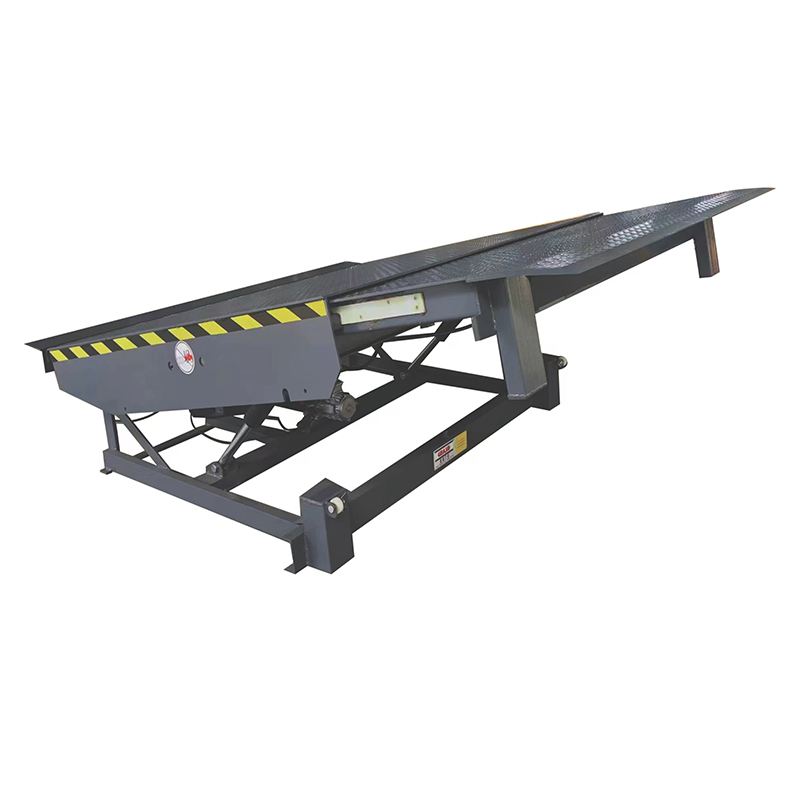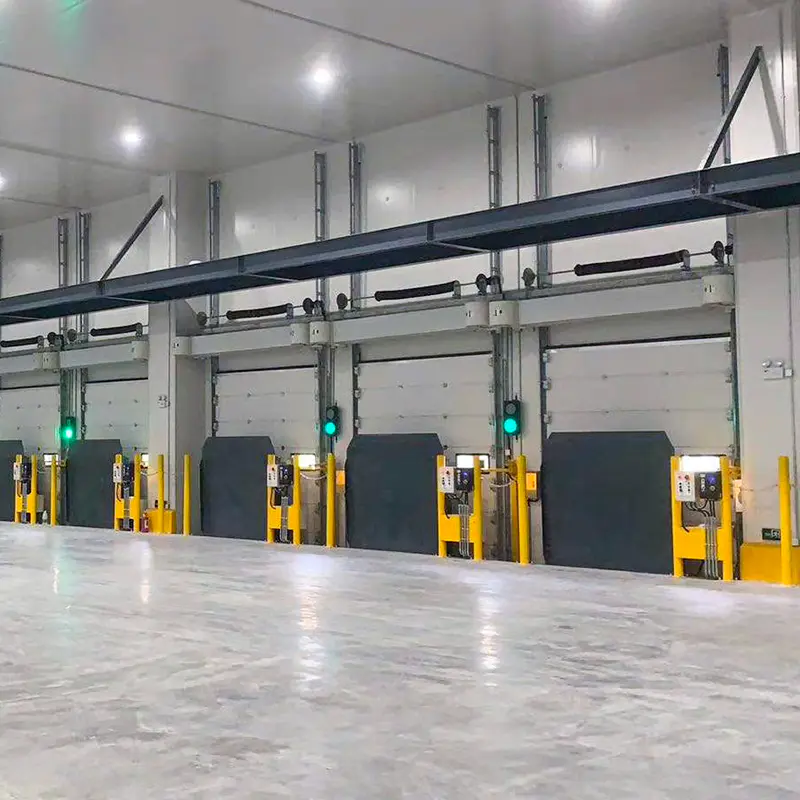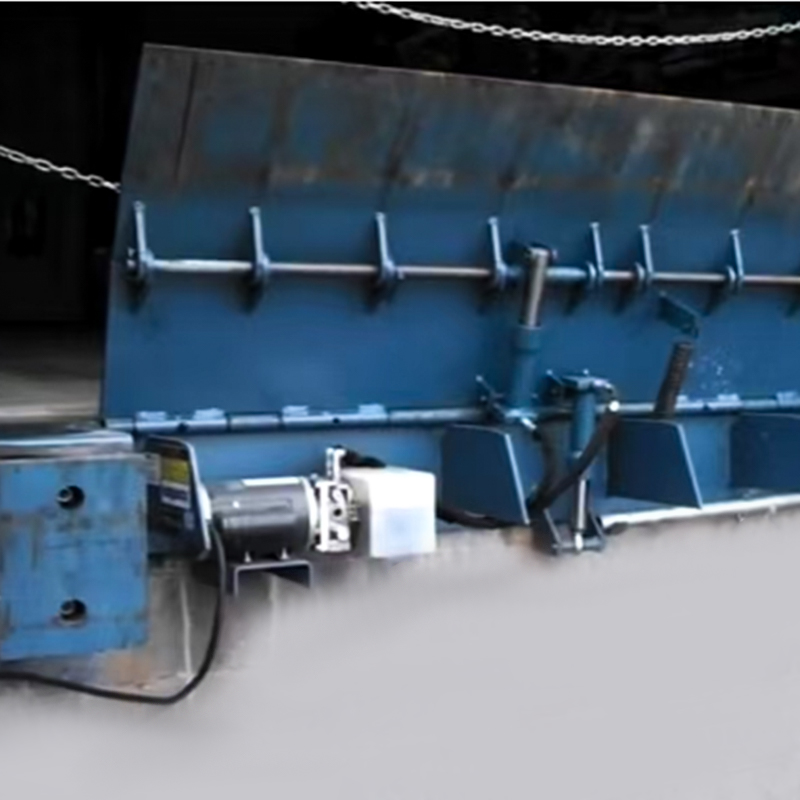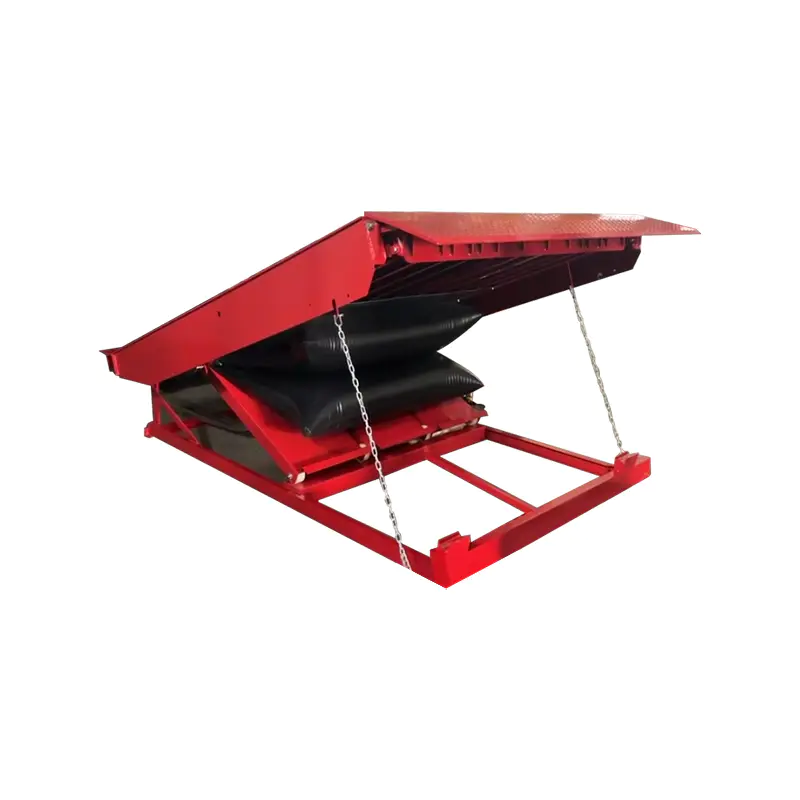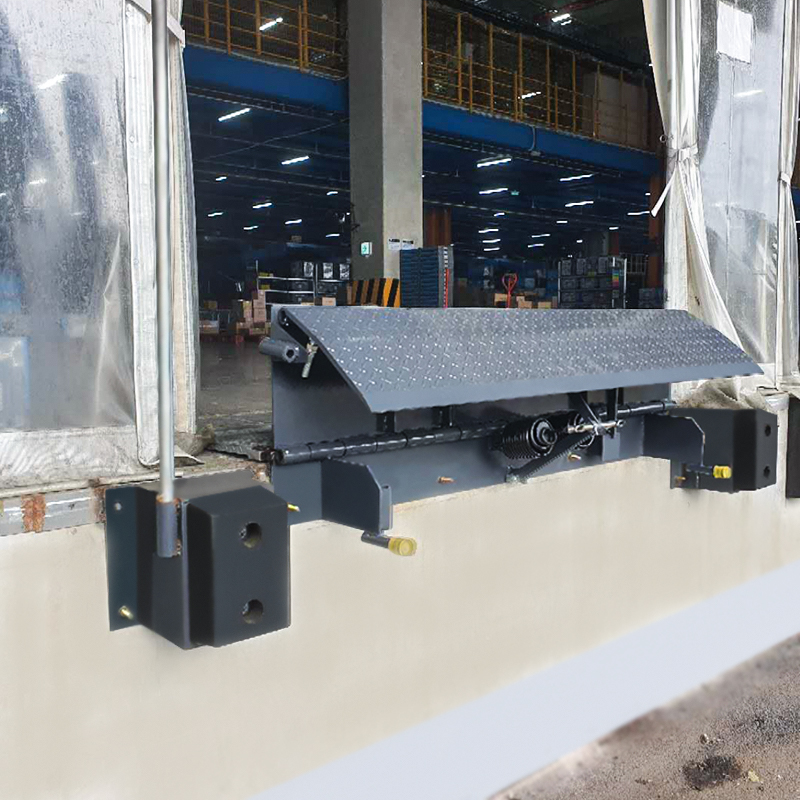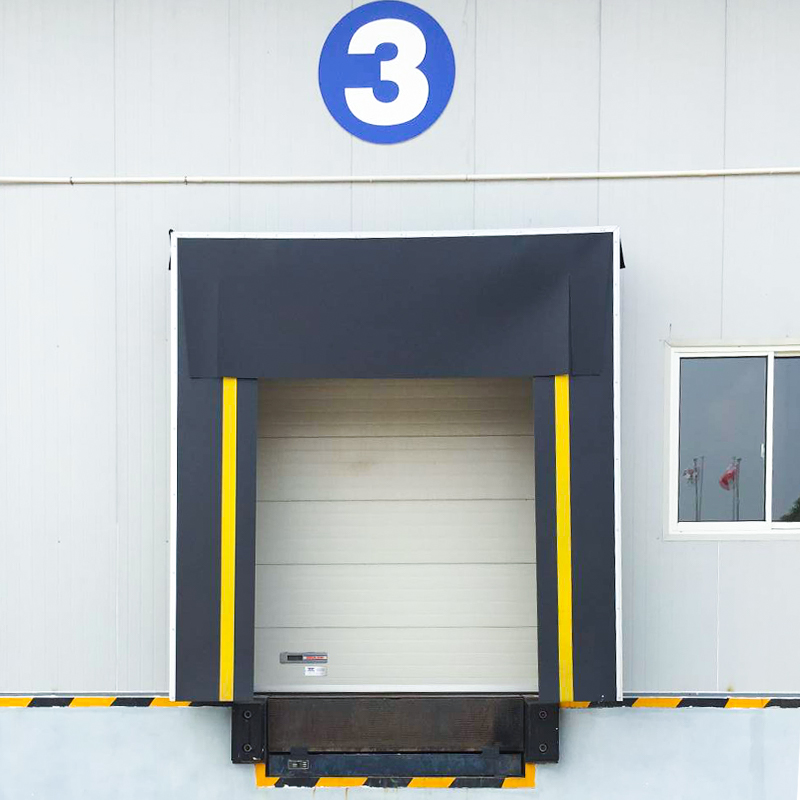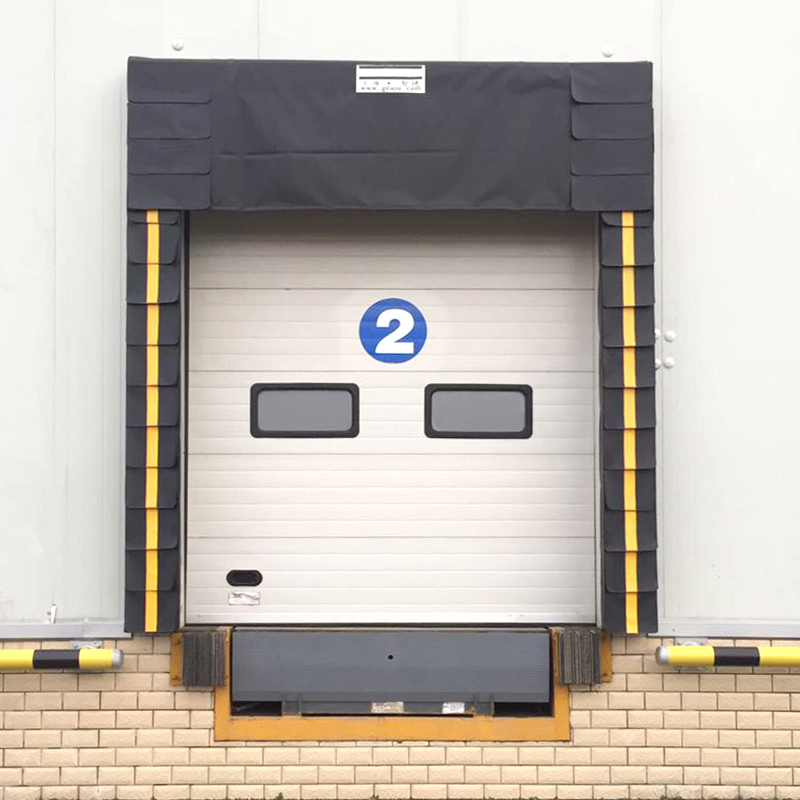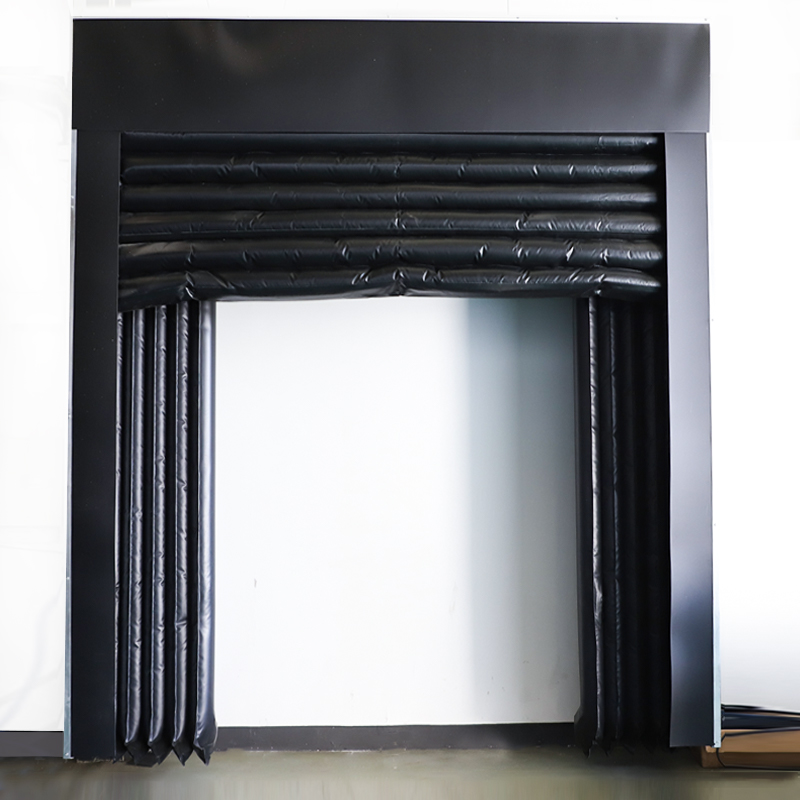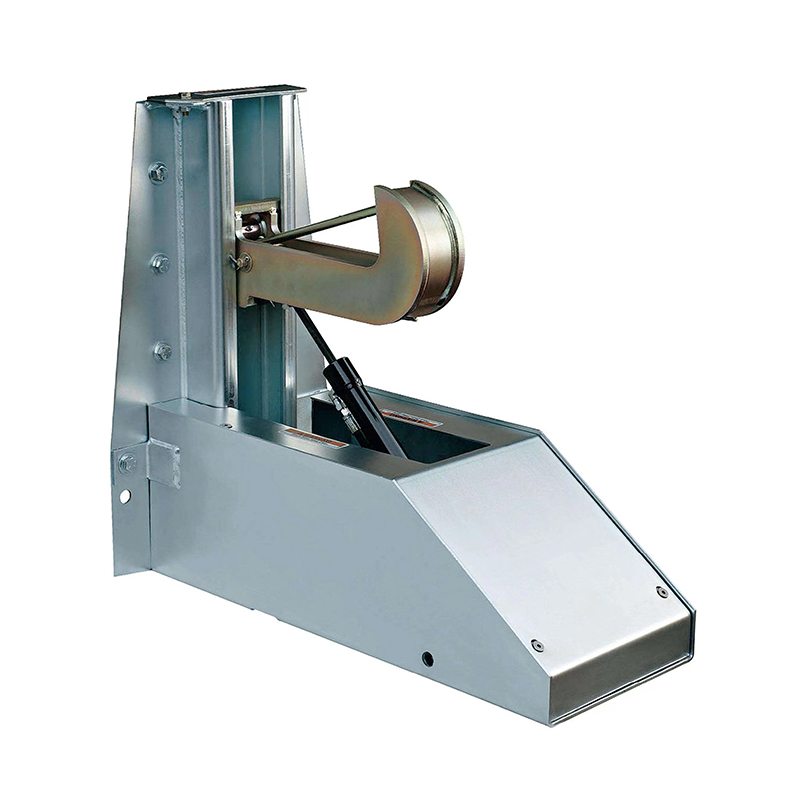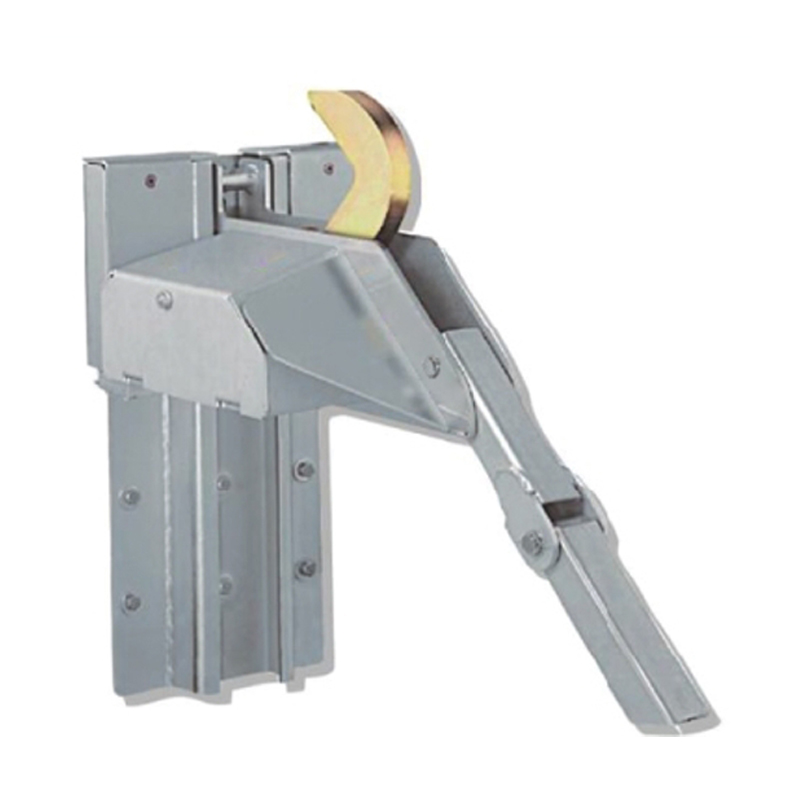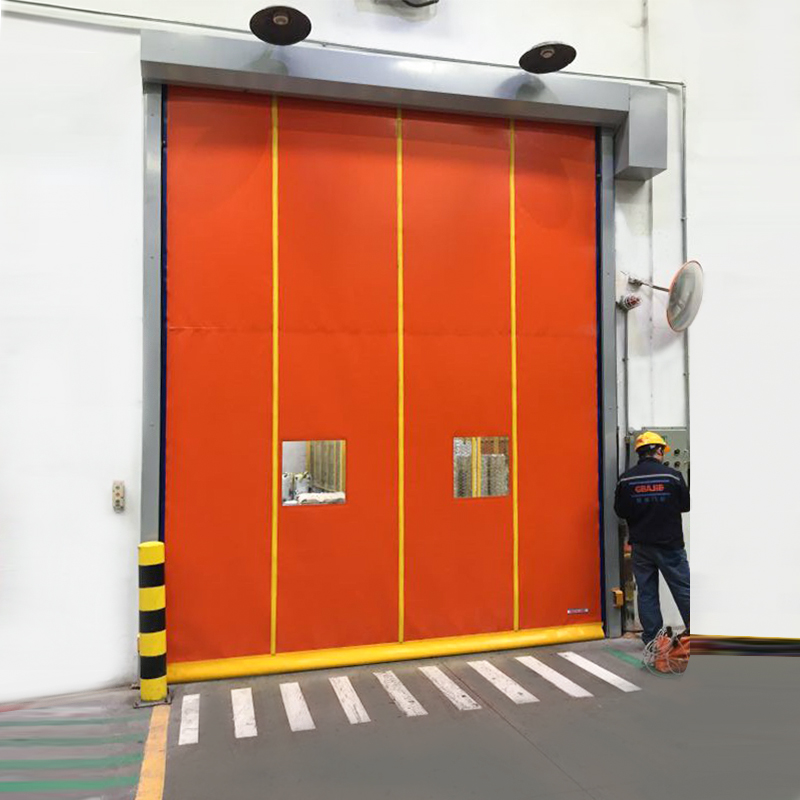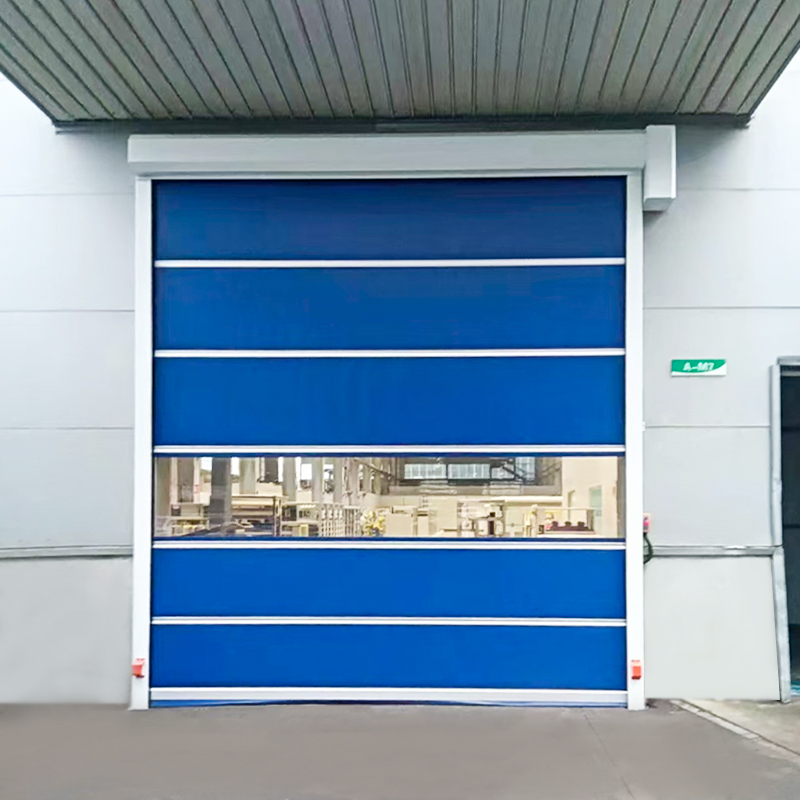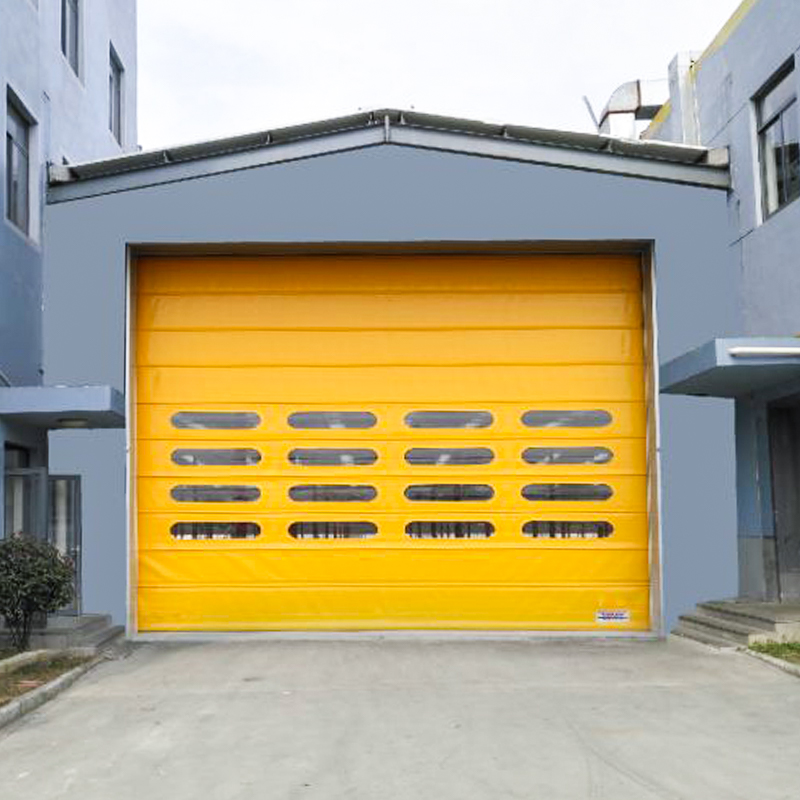Reinforced Structural Design and Load DistributionEOM Industrial Dock Levelers are engineered with...
Safety edge sensors are one of the fundamental protective devices installed along the lower edge of Industrial Sectional Doors. These sensors typically consist of pressure-sensitive strips that detect physical contact with any obstacle—be it a person, vehicle, or object—during the door’s closing motion. Upon detecting resistance or pressure, the sensor sends an immediate signal to the door’s control system, triggering an automatic halt or reversal of the door’s movement. This prevents crushing injuries and damage to goods or equipment. The responsiveness of safety edge sensors is critical; they must operate reliably under varying environmental conditions such as dust, moisture, or temperature extremes common in industrial settings.
Photoelectric safety beams, called light curtains, use infrared technology to create an invisible, horizontal safety barrier across the doorway at a predetermined height. These beams continuously monitor the space beneath the closing door. If the beam is interrupted by an object or individual crossing the threshold, the door control system immediately stops or reverses the door’s descent. This system is especially important for preventing accidents where safety edges may not detect obstacles early enough, such as objects that do not contact the door edge but still occupy the doorway. Photoelectric beams offer non-contact detection and are highly effective in busy industrial environments with frequent pedestrian or vehicle traffic.
Industrial Sectional Doors incorporate a manual emergency release system that allows the door to be disengaged from the motorized drive in the event of a power outage or mechanical failure. This feature ensures that operators can manually raise or lower the door safely without relying on electrical power, which is critical during emergencies or maintenance operations. The manual release is usually a clearly marked handle or lever located at an accessible height. It must be simple to operate, reliable, and capable of re-engagement once normal operation resumes, ensuring uninterrupted workflow and personnel safety.
Modern Industrial Sectional Doors are equipped with automatic reverse mechanisms that monitor the torque or electrical current drawn by the door motor during closing. If the door encounters unexpected resistance—such as an obstruction in its path—the system instantly reverses the door’s direction to open it again. This technology prevents serious injuries by reacting faster than manual intervention could. The sensitivity of the automatic reverse system is adjustable to balance safety with operational efficiency, ensuring the door does not stop unnecessarily while maintaining high protection standards.
Anti-fall safety devices are essential mechanical safeguards designed to prevent the door from free-falling if key suspension components fail. Industrial Sectional Doors rely on springs, cables, and counterbalance systems to support and control their weight during operation. Should any of these components break or become disengaged, anti-fall devices such as mechanical brakes or ratchet mechanisms immediately engage to hold the door in place and prevent uncontrolled descent. This prevents potentially fatal accidents involving heavy door panels dropping rapidly, protects equipment, and ensures compliance with occupational safety regulations.
Advanced Industrial Sectional Doors may incorporate obstacle detection sensors based on ultrasonic, radar, or lidar technology. These sensors scan the door’s path in real-time and detect any foreign objects or movement within the operating zone. The sensor data is continuously fed to the door control unit, which halts or reverses the door operation upon detecting an obstacle. These technologies are especially useful in high-traffic industrial areas where large vehicles or irregularly shaped objects might enter the door path unexpectedly. The non-contact nature of these sensors allows reliable detection regardless of lighting conditions or physical contact.

 English
English Español
Español Tiếng Việt
Tiếng Việt

